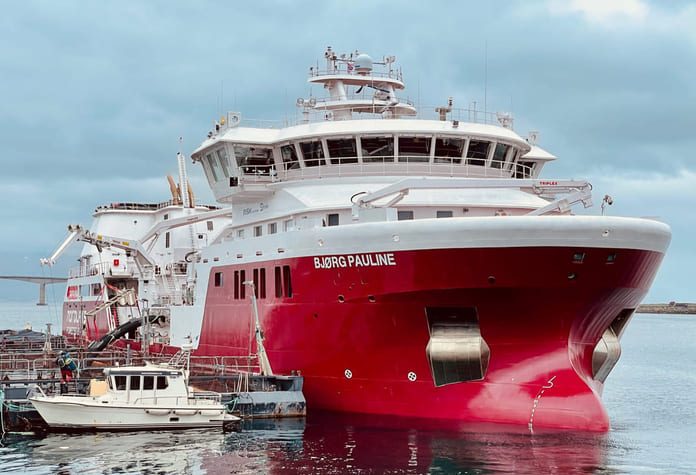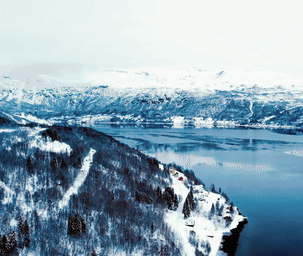ISA outbreaks on the rise in Norway as sector reflects on lessons from past crises.
Norway is facing a sharp uptick in confirmed cases of Infectious Salmon Anemia (ISA) in 2025, raising renewed concerns over biosecurity and operational risk within the salmon farming industry.
As of the end of June, 14 ISA outbreaks have been confirmed nationwide, with an additional two farms under investigation. The majority of the cases are concentrated in Nordland and Troms, although outbreaks have been reported across multiple regions. While not yet exceeding historic highs, the 2025 outbreak trajectory now matches that of 2021—a peak year that ultimately recorded 36 cases.
The analysis, published by aquaculture data platform Manolin, warns that warmer sea temperatures and shifting production practices may further elevate risk in the months ahead.
ISA, a notifiable disease in Norway since 1990, is caused by an orthomyxovirus that affects salmon’s red blood cells, leading to anemia and high mortality rates. The disease is difficult to detect in early stages, often spreading via water, equipment, waste, and potentially sea lice before clinical symptoms appear. Control protocols rely heavily on early detection via PCR testing, followed by site culling, movement restrictions, and fallowing.
While ISA has never been fully eradicated, Norway’s long-standing biosecurity measures—including single-generation stocking and coordinated area management—had kept incidence relatively stable over the past two decades. Manolin notes that current systems remain effective but are vulnerable to operational fatigue and policy drift.
The report also draws comparative insights from other salmon-producing countries:
-
Canada has largely contained ISA since severe outbreaks in the late 1990s, supported by the use of DNA-based vaccines and strict oversight in eastern provinces where the virus remains endemic.
-
Chile experienced the most damaging ISA crisis on record in 2007, with production halving in three years and estimated losses reaching $600 million. The industry subsequently introduced widespread structural reforms, including zone-based production and reduced stocking densities.
-
Scotland and the Faroe Islands have adopted aggressive surveillance and management regimes. The Faroese model, built on single-farm fjords and strict vessel controls, has largely kept ISA at bay since 2005.
Despite the availability of advanced diagnostic tools, mass vaccination, and tighter biosecurity protocols, Manolin stresses that these only serve to delay—not prevent—outbreaks. ISA remains endemic in many areas and requires sustained vigilance to avoid wider systemic failures.
In 2024, Norway vaccinated nearly 200 million salmon against ISA. Nonetheless, the industry’s ability to respond in real time remains critical. The report concludes that early detection, rapid response, and adherence to proven containment frameworks will continue to define the difference between manageable flare-ups and sector-wide disruption.


